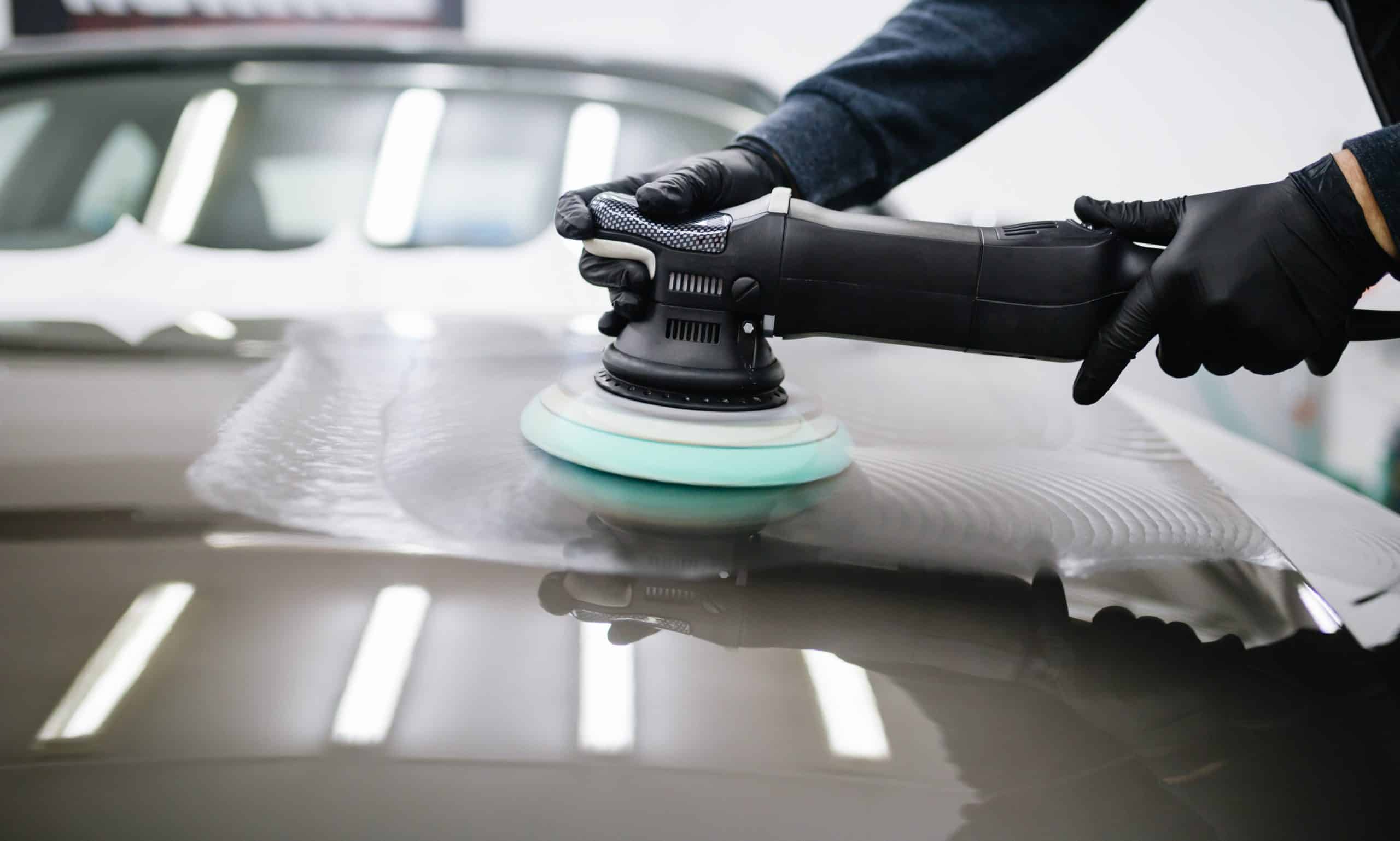Discover the optimal tire pressure for your vehicle during winter to ensure maximum safety and performance in cold conditions.

Have you ever noticed that chilly winter mornings seem to bring with them an unwelcome light on your car’s dashboard, indicating low tire pressure? It’s not just your imagination—temperature changes, especially the cold, can significantly affect your tire pressure. Understanding and adjusting your tire pressure during winter months is crucial not only for maintaining good vehicle performance but also for ensuring your safety on the road.
The Cold Truth About Tire Pressure
First things first, let’s dive into what tire pressure is. Simply put, it’s the amount of air in your vehicle’s tires, measured in pounds per square inch (PSI). Maintaining the right tire pressure is essential for optimal driving conditions. It affects everything from fuel efficiency to how your car handles, especially in challenging conditions like icy or wet roads.
But why does tire pressure drop in winter? It all boils down to basic physics. Air contracts when it’s cold, leading to lower pressure inside your tires. For every 10 degrees Fahrenheit drop in temperature, your tires’ pressure can decrease by about 1 PSI.
How to Check Your Tire Pressure
Checking your tire pressure is a straightforward process:
- Find the Recommended Pressure: Start by finding the recommended tire pressure for your vehicle. This information is usually on a sticker inside the driver’s side door or in your vehicle’s manual.
- Use a Tire Pressure Gauge: Use a reliable tire pressure gauge. These can be digital, dial-type, or even a simple stick gauge.
- Check When Tires are Cold: For an accurate reading, check your tires when they are cold. This means the car hasn’t been driven for at least three hours.
- Remove the Cap from the Valve Stem: On your tire, find the valve stem, remove the cap, and firmly press the tire gauge onto the stem.
- Read the Pressure and Adjust Accordingly: Read the pressure on the gauge and add or release air to match the recommended pressure.
- Don’t Forget the Spare: It’s also a good idea to check the spare tire, as it can lose pressure over time.
Ideal Winter Tire Pressure: A Cooler Perspective
So, what should your tire pressure be in winter? The answer isn’t as straightforward as you might think. The general rule is to stick to the tire pressure recommended by your vehicle’s manufacturer. However, some drivers prefer to increase their tire pressure slightly (by about 3-5 PSI) above the manufacturer’s recommendation during winter. The rationale behind this is to counteract the natural decrease in pressure due to the cold and to provide better traction in winter conditions.
Balancing Act: Not Too High, Not Too Low
While adjusting your tire pressure for winter, it’s crucial to strike a balance. Over-inflated tires can lead to less traction and uneven tire wear, while under-inflated tires can cause poor handling and even tire failure.
The Importance of Regular Checks
Regularly checking your tire pressure becomes more important in winter. It’s best to check your tire pressure at least once a month and always when the tires are “cold” – meaning the car hasn’t been driven for at least three hours. This ensures you get an accurate reading, as driving heats up the tires, potentially giving a falsely high-pressure reading.
Wrapping up: Stay Inflated, Stay Safe
Keeping your tires properly inflated during winter doesn’t just prolong the life of your tires and improve your vehicle’s performance—it’s also a key aspect of driving safety. As temperatures drop, make it a habit to check your tire pressure regularly. This simple act can greatly improve your driving experience and safety on those frosty winter roads.
Stay curious, and until next time, keep exploring the incredible world of automotive wonders!







